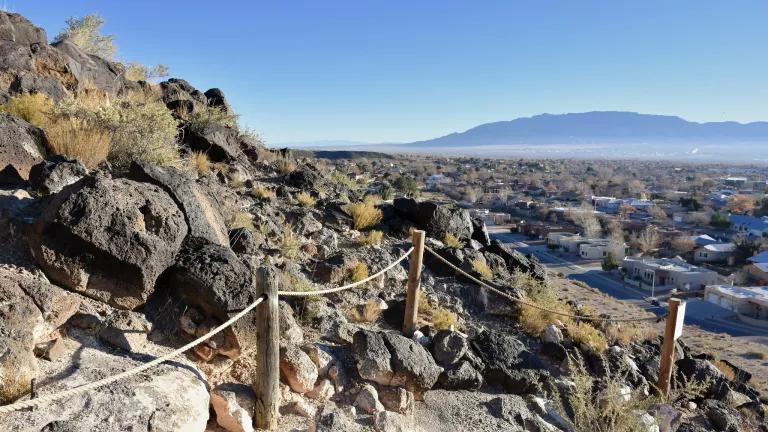Energy Efficiency: Bipartisan Solution That Needs Support

Is there anything surprising about a New York Times op-ed co-authored by an environmental advocate and a senior utility executive? Not if the subject is the bipartisan case for federal energy efficiency leadership.
In fact, that’s well-established common ground, even among some traditional adversaries. Smarter energy is not only “one of the most powerful resources we have for meeting our energy and environmental goals,” it’s also a huge economic opportunity. And that’s something we should all be supporting, no matter what our political affiliation.
I was happy but not surprised to have Terry Sobolewski of National Grid―which supplies energy for more than 20 million people through its networks in Massachusetts, New York, and Rhode Island―join me as co-author. And our opinion piece was published on a day when the House of Representatives was holding a hearing on the hugely popular and effective federal ENERGY STAR® voluntary labeling program.
Unfortunately, the panel was discussing altering the program in ways that could compromise it―even though ENERGY STAR has been described as one of America’s most successful public-private partnerships. Households and businesses have saved $430 billion on their utility bills since its launch in 1992, and they look for the familiar blue and white label to identify the more efficient appliances, equipment, and buildings. The program also has a whopping 16,000 partners (including a wide range of manufacturers, retailers, builders and utilities). Terry and I both serve on the board of the Alliance to Save Energy, which also has been pushing back hard on efforts to undercut the Energy Star program. And we join thousands of others in the hope that Congress will support, not harm, it.
We Can Do Better on Efficiency
In our op-ed we also noted that the United States “fails to capture some two-thirds of the power it generates, much of it through simple waste,” and is ranked eighth among 23 of the world’s top energy-consuming countries in efficiency, behind several European nations, China and Japan. Annual electricity costs for commercial buildings alone are roughly $190 billion, but about 30 percent of this energy goes to waste. We were making the point that America shouldn’t accept these statistics and we need federal programs and policies to improve our energy efficiency.
Those include efficiency standards that are saving U.S. households an average of $500 annually, research and development to increase our energy savings, and programs that work with American manufacturers to improve their productivity and competitiveness. We call on Congress to fully fund these programs that benefit all of us, not decimate them as some have recommended, including President Trump. And let’s not forget that energy efficiency supports 2.2 million jobs in America.
Our joint submission underscores a tradition of bipartisanship on energy efficiency that goes back more than four decades. An early milestone was California legislation authorizing the nation’s first appliance efficiency standards, signed into law by then Governor Ronald Reagan in 1974. More than a decade later, thirty years ago almost to the day, Congress followed suit by calling for national standards, and once again Ronald Reagan’s signature appears on the bill. At the state level, Republican heroes include former Washington Governor Dan Evans, the first Chair of the Northwest Power and Conservation Council, and Peter Johnson, the Idaho businessman who turned the Bonneville Power Administration into an energy efficiency powerhouse. Then there is John Rowe, whose charismatic stewardship of key New England and Midwest utilities helped galvanize the entire electricity sector. Charles Imbrecht, longtime chair of California’s Energy Commission, is still remembered for his impassioned advocacy of cost-effective energy savings in every sector, and he was appointed by Republican Governor Pete Wilson. The roll of heroes also includes EPA Administrators like Bill Ruckelshaus and Bill Reilly, and a host of others, including former Governor Arnold Schwarzenegger, who remains a tireless advocate for climate solutions.
For the Democrats, start with Ronald Reagan’s successor in California, Jerry Brown (who became Governor again 36 years after his first election). Fast forward to Presidents Bill Clinton and Barack Obama, Secretaries of Energy like Bill Richardson, Steve Chu and Ernie Moniz, recently departed EPA Administrator Gina McCarthy, and a host of state regulators including Minnesota’s Nancy Lange, Arkansas’s Colette Honorable, and Oregon’s Henry Lorenzen.
In an era marked by discord on too many issues, it’s important to remember one on which the nation has found so much common ground―and where so many opportunities to cut costs and reduce pollution are still there for the taking.



